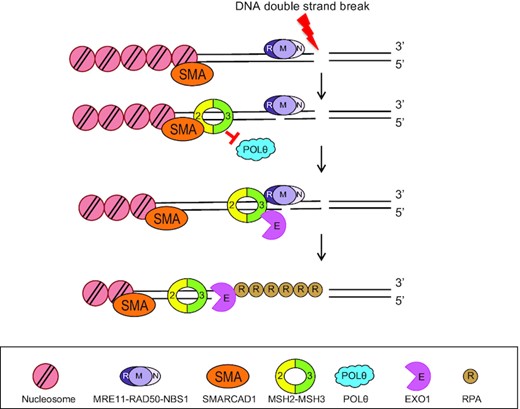2023-05-17 シンガポール国立大学(NUS)
◆NUS TMSIの研究者たちは、実験室でカウリーの幼生を育てることに成功しました。特定の条件が必要であるため、これまでの研究では成果が得られていませんでした。この研究の成果は、カウリーの種の持続可能な生産のための養殖方法の開発に向けた基礎を提供するものです。
<関連情報>
- https://news.nus.edu.sg/nus-marine-scientists-successfully-bred-two-endangered-native-sea-snail-species/
- https://royalsocietypublishing.org/doi/10.1098/rsos.221332
実験室条件下における2種の熱帯産タカラガイ(Gastropoda: Cypraeidae)、Cypraea tigrisとMauritia arabicaの産卵と幼生発生について Spawning and larval development of two tropical cowries (Gastropoda: Cypraeidae), Cypraea tigris and Mauritia arabica under laboratory conditions
Teresa Stephanie Tay,Hsien Rong Samuel Lee and Mei Lin Neo
Royal Society Open Science Published:12 April 2023
DOI:https://doi.org/10.1098/rsos.221332

Abstract
The spawning and larval culture of cowrie (family Cypraeidae) are both difficult and little known, in part due to the long planktonic period of most species. In this study, we describe the captive spawning behaviour and larval development of two tropical cowrie species, Cypraea tigris and Mauritia arabica. Both species brooded over their egg masses before hatching occurred and larvae were collected for culture under laboratory conditions. The brooding period for C. tigris was between 7 and 17 days, and freshly hatched veligers were approximately 200–240 µm in size. Cypraea tigris larvae were reared for up to 37 days in culture but did not achieve successful settlement. The brooding period for M. arabica was between 7 and 10 days, and hatched veligers were approximately 160–205 µm in size. The first settled juvenile M. arabica was observed at 70 days post-hatch. Our findings from this study represent the first comprehensive documentation of successful metamorphosis of Cypraeidae larvae, particularly M. arabica, into early-stage juvenile.


